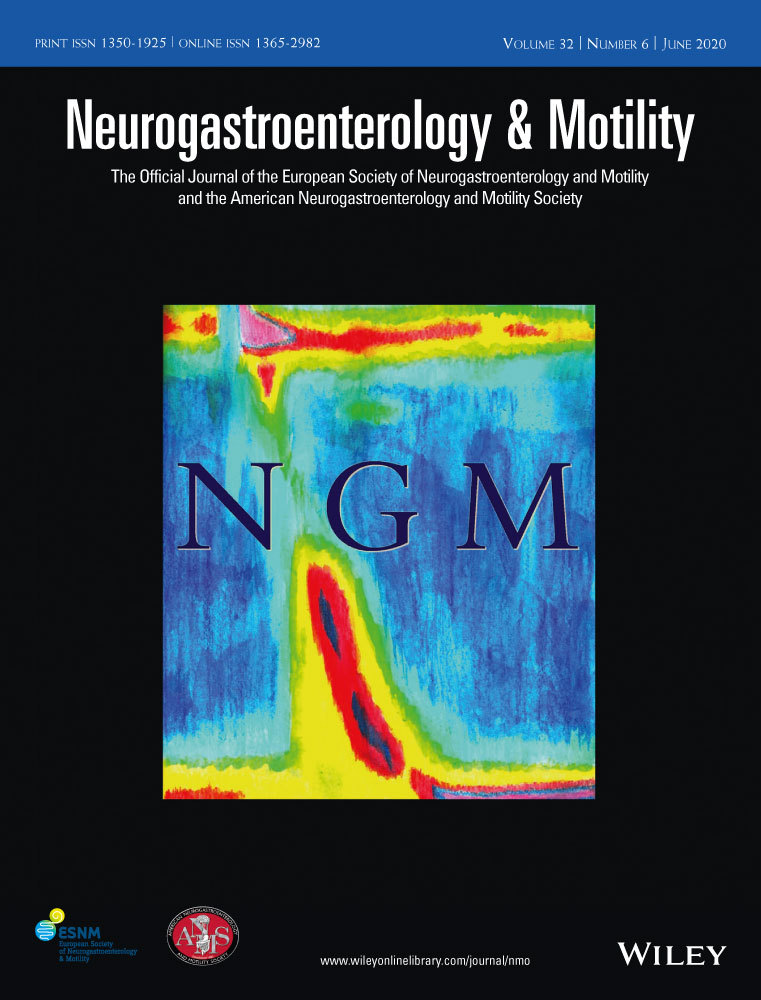Multiplex immunoassays reveal increased serum cytokines and chemokines associated with the subtypes of achalasia
Funding information
This study was supported by grants from the National Natural Science Foundation of China (81873552, 81670483, and 81470811), Shanghai Rising-Star Program (19QA1401900), Major Project of Shanghai Municipal Science and Technology Committee (18ZR1406700), and Outstanding Young Doctor Training Project of Shanghai Municipal Commission of Health and Family Planning (2017YQ026).
Abstract
Background
Achalasia is an esophageal motility disorder with unknown etiology. Previous findings indicate that immune-mediated inflammatory process causes inhibitory neuronal degeneration. This study was designed to evaluate levels of serological cytokines and chemokines in patients with achalasia.
Methods
We collected information from forty-seven patients with achalasia who underwent peroral endoscopic myotomy. Control samples were collected from forty-seven age- and sex-matched healthy people. The concentrations of serological cytokines and chemokines were analyzed by Luminex xMAP immunoassay. Serological and clinical data were compared between groups.
Key Results
Compared with healthy controls, achalasia patients had significantly increased concentrations of eleven cytokines and chemokines, namely, TGF-ß1 (P < .001), TGF-ß2 (P < .001), TGF-ß3 (P < .001), IL-1ra (P < .001), IL-17 (P = .005), IL-18 (P < .001), IFN-γ (P < .001), MIG (P < .001), PDGF-BB (P < .001), IP-10 (P = .003), and SCGF-B (P < .001). Gene ontology (GO) and network functional enrichment analysis revealed regulation of signaling receptor activity and receptor-ligand activity were the most related pathways of these cytokines and chemokines. Levels of twelve cytokines and chemokines were significantly increased in type III compared with I/II achalasia, namely, TGF-ß2, IL-1ra, IL-2Ra, IL-18, MIG, IFN-γ, SDF-1a, Eotaxin, PDGF-BB, IP-10, MCP-1, and TRAIL.
Conclusions and Inferences
Patients with achalasia exhibited increased levels of serological cytokines and chemokines. Levels of cytokines and chemokines were significantly increased in type III than in type I/II achalasia. Cytokines and chemokines might contribute to the inflammatory development of achalasia.
DISCLOSURE
The authors disclose no conflicts.




